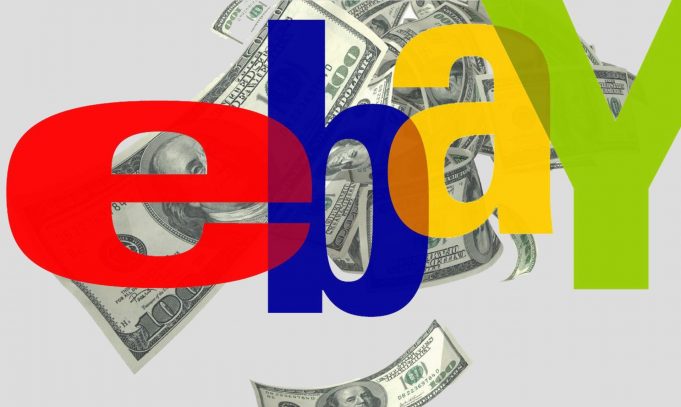Folklore has it that Pierre Omidyar, the site's creator and current chair, developed the platform to assist his lover in trading Pez candy dispensers. The myth, which was concocted to provide an air of mystery and mystique to the hitherto unexplored and ground-breaking new method of purchasing and selling, has now been formally disproved by the corporation. Today, eBay derives Money from the sales of goods and services that take place on its platform and through the marketing of other services, such as adverts and classifieds.
At the end of 2018, eBay had 179 million active buyers and more than one billion live listings on its platform. Additionally, eBay had more than one billion live listings on its platform. The entire value of all completed transactions on the principal Marketplace platform and StubHub accounted for $95 billion of the company's Gross Merchandise Volume (GMV), also known as GMV. According to the annual report for 2018, this resulted in net sales of $10.7 billion, an increase from $9.9 billion in 2017. As of the 12th of July in 2019, the market capitalization of eBay is little less than $36 billion. A damaged laser pointer was one of eBay's first goods to be offered for sale.
eBay's Business Model
eBay is an idea that came along at the perfect time. It should be noted that eBay does make significant investments in its infrastructure. Even now, twenty years after the company was established, even the definition of eBay is lovely in its brevity: it is a marketplace for almost anything, and there are no fees for purchasers. Indeed, establishing a personal account on eBay takes just a few minutes and can be done by anybody. After activation, an account gives the user the ability to purchase and sell items, contact other users who also have an eBay account, and offer feedback after completing a transaction. Net transaction revenues, marketing services, and other (MS&O) revenues make up eBay's total revenue. eBay separates these two types of revenue.
eBay's Transaction Business
Individuals who seek to sell products on eBay's platform reap the benefits of the company's vast user base since their listings have the potential to be seen by tens of millions, if not hundreds of millions, of prospective buyers. However, this access comes with a cost in the form of listing or transaction fees due to eBay's near-monopoly on the consumer-to-consumer ecommerce industry. When an item is successfully auctioned off, the firm will charge the seller a fee to advertise the item for sale and processing expenses depending on the item's ultimate worth.

eBay's Marketing Services Business
However, not all of eBay's revenue comes from sellers' listing fees. Or did you not notice the highlighted listing on every shopping cart page each time you make a purchase? The previous year, advertising contributed $1.2 billion to eBay's income. If eBay were only an advertising firm, it would rank in the top several dozen biggest in the United States. Additionally, the company's classifieds division brought in an additional one billion dollars in income for 2018.
Future Plans
In the annual report released for 2018, eBay noted that one of its key goals moving ahead will be enhancing the user experience on its platform. When seen from the buyer's perspective, the organization will work to remove friction, introduce new methods to compare value, and seek unique goods. The sellers' experience will also change; sellers will have new tools available to them, in addition to extra data points. Even though eBay currently has a significant client base, the company has ambitious plans to continue growing its user base in the years to come, especially by convincing new users to make their first purchase. Enhanced delivery and return infrastructure will ultimately result in advantages for every one of a company's consumers.
Key Challenges
Since eBay was originally introduced to the market, the e-commerce sector has seen several significant and rapid shifts, which has presented the corporation with an ongoing barrage of challenges to its business model. For it to continue to be successful, it will need to adapt to its customers ever-shifting preferences, emerging technology, and increasing levels of competition. eBay may be a huge business, but it is dwarfed by other internet giants such as Alibaba, Amazon, and Google, all of whom have also made efforts in the field of e-commerce. As a result of this, eBay must continue expanding its share of the market and expanding its customer base.

Economic Volatility
Changes in the state of the global economy can potentially affect consumers' shopping behaviors, which might harm eBay's bottom line, as with other online retailers. Since cross-border commerce is an integral part of eBay's business model, ongoing trade disputes may affect the company.




